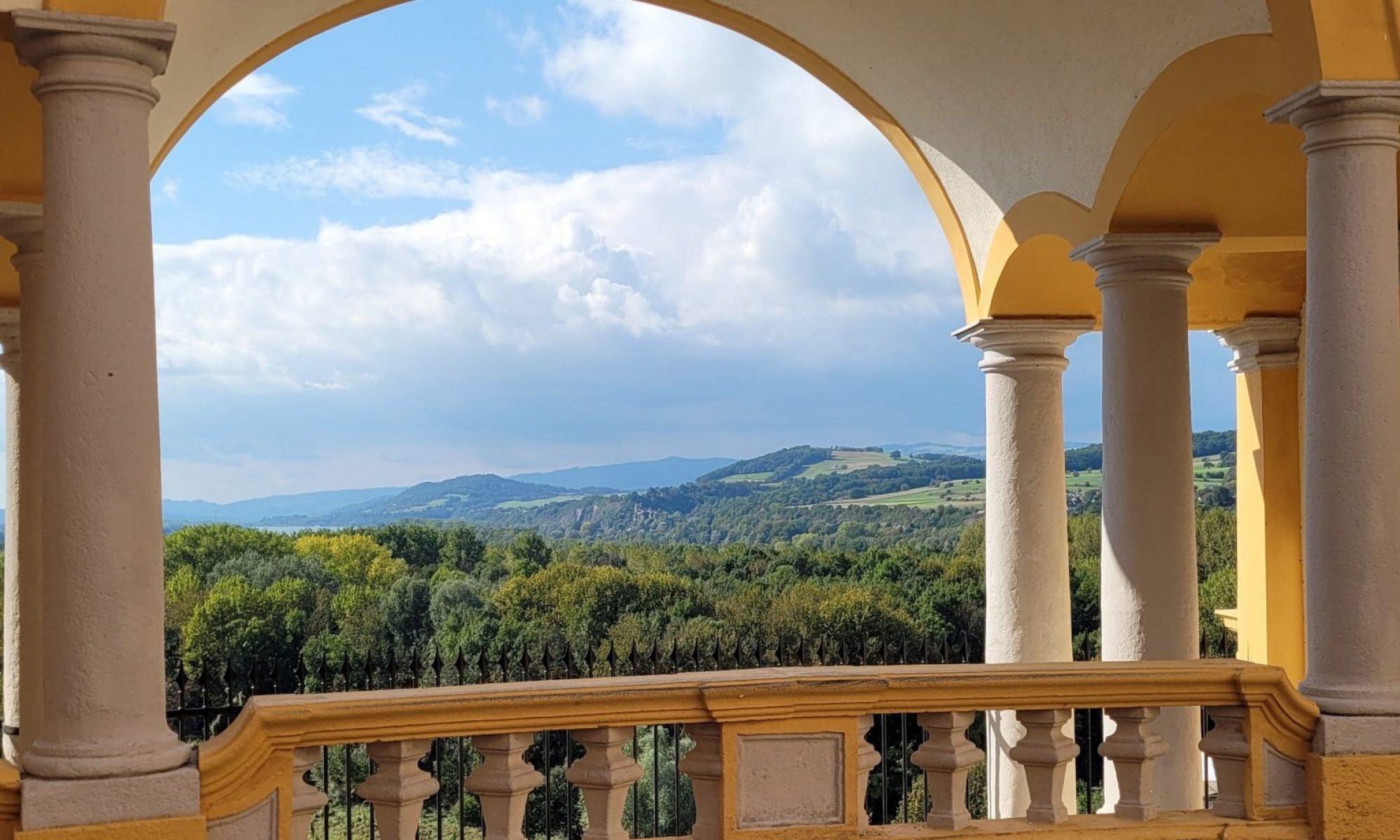
I was pondering when the first cook might have stuffed a turkey way back when… because there’s plenty of time to ponder these days, what with all of us being indoors and on our own so much of the time. Let’s not limit it to turkey, though. Who might have been the first person to stuff an animal, which is to say to take the innards out of an animal and replace it with other stuff, then cook it?
The noun form of “stuff” probably emerged from the verb “stuff” which came from the French otoffer meaning to cram things in other things. (See also “stop” and “plug” and suddenly I’m thinking about Drano.) Anyway, the noun “stuff” really does emerge from the verb, such that when we refer to “our stuff” or “bunch o’things” we mean bunch that could be crammed somewhere. When we are such “stuff” as dreams are made on, as Shakespeare’s Prospero said, he meant a motley bunch of craziness out of which we will go, after death, into some truer reality. This year certainly seems the “stuff” that dreams are made of, so I’m ready to decide we should cram 2020 somewhere else. I have suggestions about where, but you probably don’t want to hear them.
This raises a whole host of ancillary questions. What is the (brief) history of cooking stuffed things, i.e. what was stuffing about during the heyday of say Henry VIII? Compared with the 1950s, for example? Did the pilgrims stuff their turkey? (my guess is no, let’s find out). Why is it for some oddball reason called “dressing” in other places? And what are the weirdest things people want to do with their stuffing, (G-rated only, please)?

My mother knew how to cook one kick-ass turkey. She wasn’t the world’s greatest cook, but her stuffing and gravy were the best. Apparently, we also ate peas and carrots and Very White Mashed Potatoes on a very white tablecloth with white fine German china underneath. It was the Midwest in the 1960s, what can I say? That’s my uncle Delano on the right, named for FDR, before my uncle changed his name to Lamont then Lavont then Levitar, which was the eye in the pyramid. All that is another story. It was still good turkey.
Continue reading “Stuffing and Variations”



